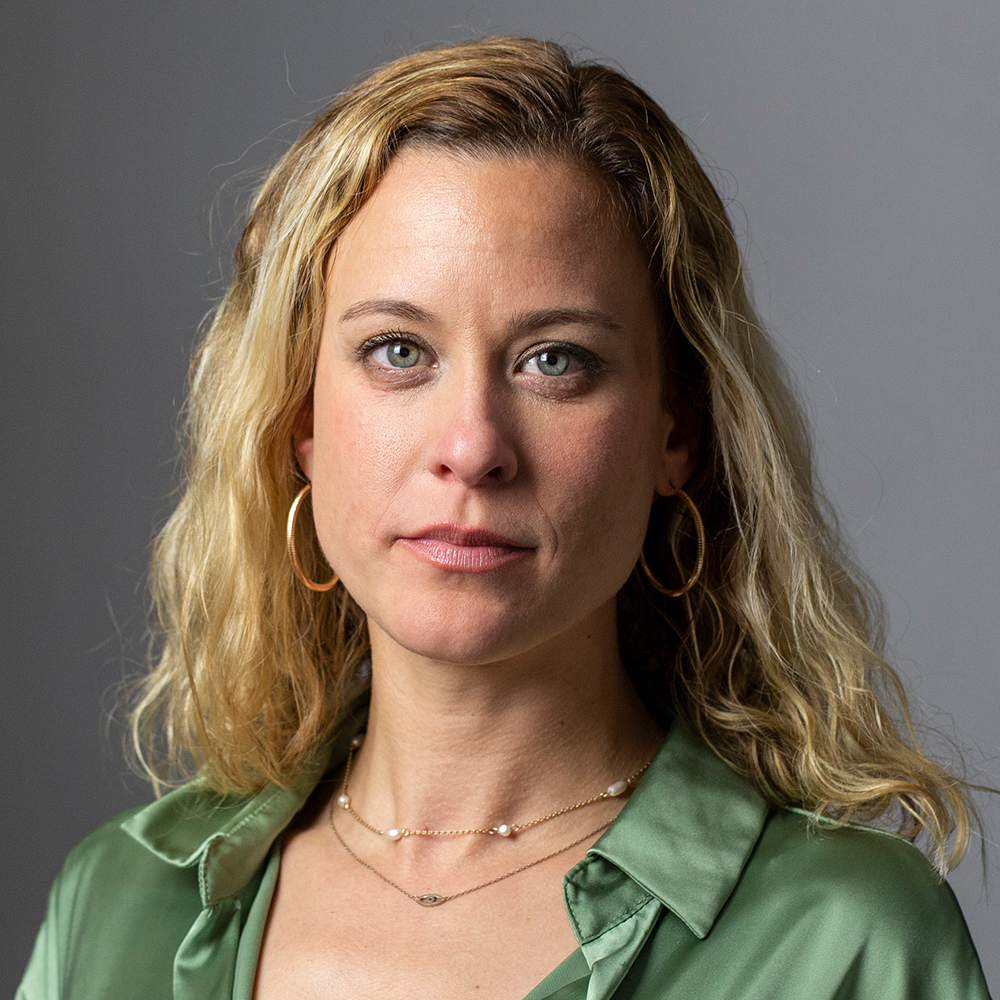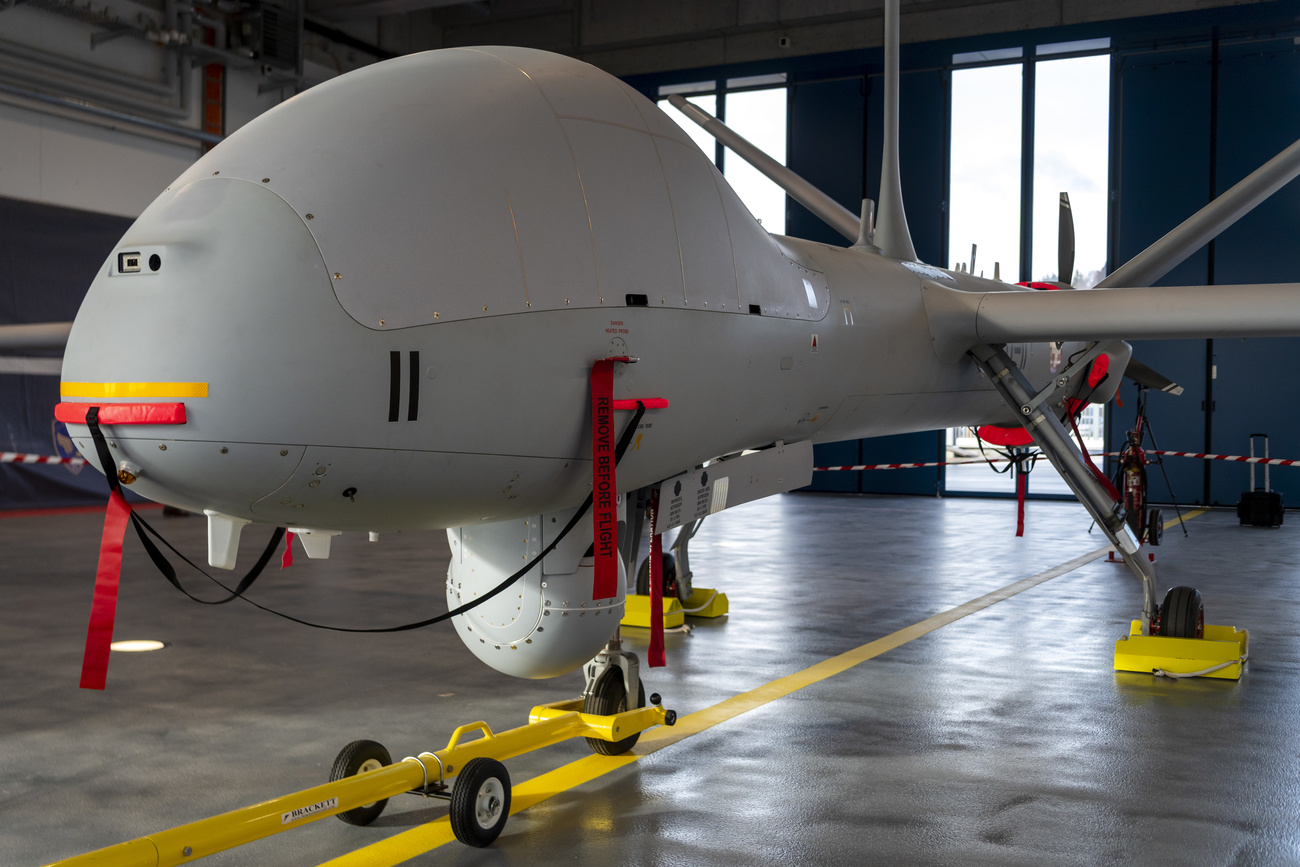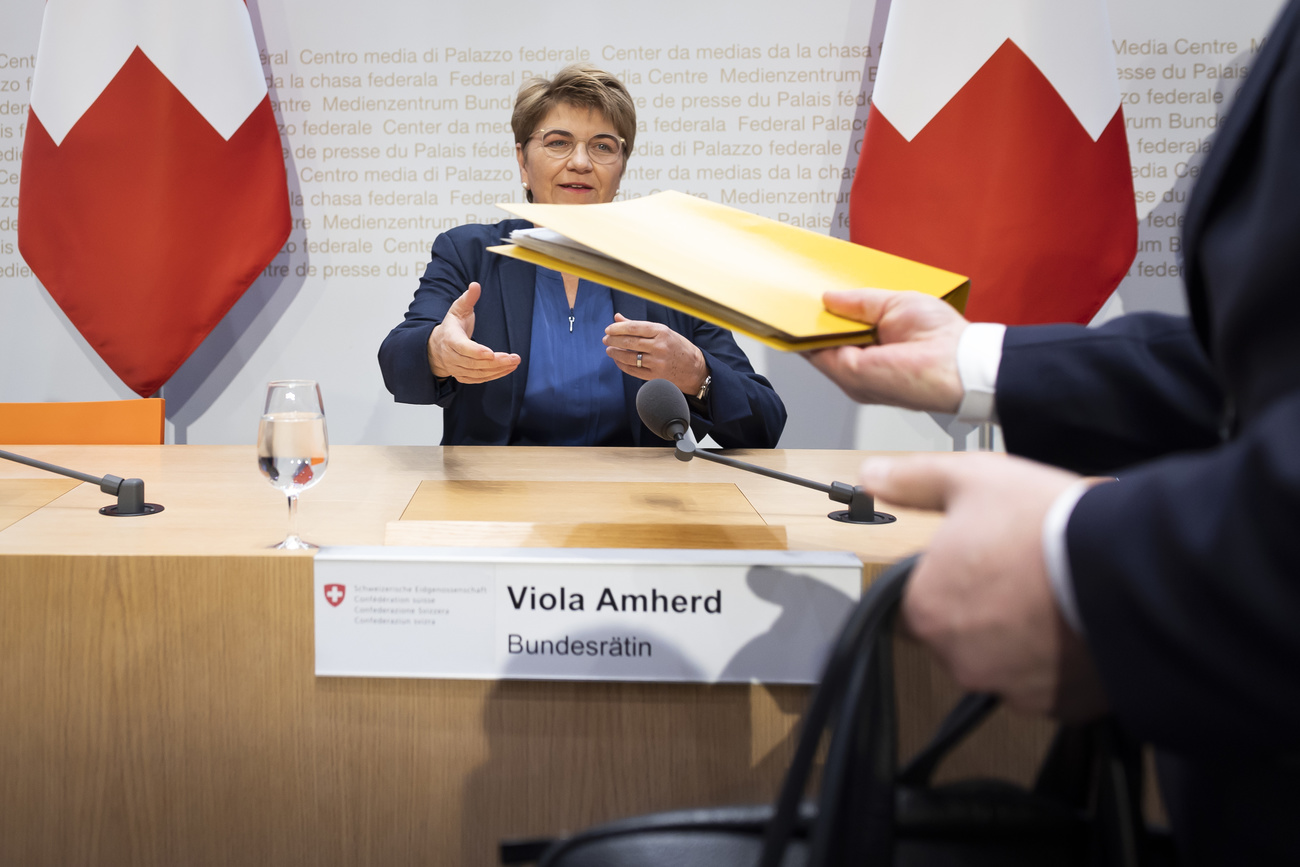
Switzerland Today
Dear Swiss Abroad,
Sunny regards from Bern!
Many children (and adults) in Switzerland are greeting special visitors today! It is Samichlaustag (St Nicholas Day in Swiss German) – a tradition where Santa and his helper, Schmutzli, visit homes and schools bringing little treats. Sadly, there will be fewer visits this year – more on this story at the end of our briefing.
First, we look at today’s other headlines: conflicts over Ukrainian asylum seekers in Switzerland, this time targeting large families; the closure of a nuclear power plant; and an interview with the President of TCS on the future of cars in Switzerland.
Wishing you a lovely end to the week!

Nuclear power plant closure announcement opens the door for renewed discussion
Yesterday’s announcement of the closure of the Axpo Beznau nuclear power plant (pictured above) did not surprise politicians, who were busy discussing the 2025 budget in the federal palace. However, it reignited the long-standing debate on how to meet Switzerland’s energy needs, writes news platform Watson.
Centre Party politician Stefan Müller-Altermatt described the decision as a “sign of unwillingness to hold on to nuclear power.” In 2011, after the Fukushima disaster, the Swiss federal government decided to phase out nuclear energy. In May 2017 and again in June 2024, the Swiss population backed this decision and supported the expansion of renewable energy.
Radical-Liberal Party politician Vincenz-Stauffacher sees the Axpo decision as “another wake-up call that we must rapidly expand renewable energies”.
When it will be taken off the grid, the Beznau power plant will be one year away from Swiss retirement age: at 64-years old, it will be the oldest operating nuclear power plant in the world. It currently produces 7.9% of Switzerland’s total electrical supply. Could the shutdown bring with it a power gap?
Radical-Liberal Party president Thierry Burkart believes reserve power plants, reliant on fossil fuels, will be needed post-shutdown. For him, this “highlights the complete failure of Swiss energy policy.”
Parliamentarians are now debating an “acceleration decree” to speed up renewable energy projects, including shortening the construction time for hydropower plants and extending start-up funding for solar power projects – although the latter remains contentious.
The broader questions remain: what will happen to Switzerland’s last two nuclear power plants, and could energy challenges prompt a nuclear comeback?
“Ideas of long super operating times for nuclear power plants and corresponding subsidies are off the table,” said Social Democratic Party politician Roger Nordmann, adding that large investments in ageing nuclear facilities are not worthwhile.
- Read the full article on WatsonExternal link (in German)

Letter from Zurich’s security director draws a hard line on asylum seekers
On Tuesday, Zurich’s security director, Mario Fehr, sent such a letter to the Swiss State Secretariat for Migration (SEM). “We refer to yesterday’s decision by the House of Representatives…” the letter began. “With immediate effect, we are no longer prepared to accept extended families from areas [not directly affected by war with Russia].”
Fehr argued that Zurich has borne enough of the asylum burden and will no longer accept asylum seekers from Ukrainian regions not occupied by Russia or near the war’s front lines.
“If Zurich did not do this work for the federal government and other cantons, the Swiss asylum system would collapse overnight,“ the letter continued, with a pointed admonishment of federal government policy.
Last year, Zurich cantonal police carried out 3,400 deportations, a number that has risen this year. Each deportation requires 30 to 40 officers.
Swiss asylum law mandates that procedures must be concluded within one year. Currently, however, there are 17,000 pending asylum applications, plus 5,000 Status S applications, writes the Neue Zürcher Zeitung (NZZ).
Justice Minister Beat Jans has struggled to meet targets this year, partly due to record application numbers. Nonetheless, improvements have been made, with 60 new positions helping speed up case resolutions and more deportations being carried out than in previous years.
During a recent visit to a federal asylum centre, Jans said: “We are setting the right priorities, but the procedures must be further accelerated.”
- Read the full article in the Neue Zürcher Zeitung (NZZ)External link (in German)

‘Cities are not islands – road transport keeps supermarkets stocked’
In an interview with Le Temps, Peter Goetschi (pictured above on the right), president of the Touring Club Switzerland (TCS), discussed the future of Swiss motorways following the rejection of recent expansion proposals.
Two weeks ago, Swiss voters rejected several motorway expansion projects. Goetschi sees opportunities for improvement, particularly in French-speaking Switzerland.
Traffic jams are a daily reality and are increasing, he said. For Goetschi, both road and rail infrastructure must remain functional and reliable.
“Cities are not islands. People visit cities to eat, shop, study and enjoy culture. Road transport fills supermarkets and shops. We cannot rely solely on bicycles, trains or buses. Those living in rural areas must have suitable road access to cities like Lausanne or Geneva,” he says
Goetschi believes the motorway rejection was not anti-road or anti-car but a targeted rejection of specific projects. However, he said the campaign’s message was “too rational and not emotional enough.”
While environmental concerns remain the strongest argument against motorway expansion, Goetschi pointed out that Valais voters rejected both the highway widening and the climate law on the same day.
- Read the full interview on Le TempsExternal link (in French, behind a paywall)
![Father Christmas brought nuts, mandarins and sweets to a family in Thalwil on 6 December 2003. (KEYSTONE/Gaetan Bally) === , , NO INTERNET, TV OUT, EDITORIAL USE ONLY, FILM === : FILM]](https://www.swissinfo.ch/content/wp-content/uploads/sites/13/2024/12/20199665_highres.jpg?ver=09d893df)
‘Is there a Samichlaus shortage?’
Today is Samichlaustag (St Nicholas Day), when children and adults receive visits from Samichlaus and his helpers, bringing mandarins, nuts and chocolate. But in some cities, that knock on the door may not come.
Demand for Samichlaus far exceeds availability in cities. In Winterthur, bookings for December 6 visits were fully booked within 15 minutes.
The St Nicholas Society in Zurich is at capacity, making 600 visits daily. The shortage is partly due to a lack of recruits. No new Samichlaus were trained during the pandemic. “Training is vital because practices from 10 or 20 years ago are no longer acceptable,” said Philipp Rellstab of Zurich’s St Nicholas Society.
However, rural areas face no such problems. In Mels, St Gallen, for instance, there are plenty of Samichlaus. “I read about a shortage in Zurich. We don’t have that issue,” said Erich Riget, founder of Melser Chläuse and board member of IG Samichlaus Switzerland.
Let’s hope every child and adult receives a visit from jolly ol’ St Nick, and no one gets coal in their stockings.
- Read the full story on Swiss public television, SRFExternal link (in German)
More

Picture of the day
Today’s picture shows the Iffelentraeger parade with illuminated Iffels or head lanterns in the form of an illuminated oversized bishop’s hat. The lantern is made of light materials (balsa wood or cardboard), covered with coloured tracing paper and decorated with motifs.
The Iffelentraeger parade travels through the dark village of Kuessnacht am Rigi in canton Lucerne on Thursday, December 5, 2024 for the occasion of the traditional Klausjagen (Samichlaus hunt).
Accompanied by St Nicholas, Geisselchlepfer and Hornblaesern, the event takes place every year on the evening before St Nicholas’ Day.

In compliance with the JTI standards
More: SWI swissinfo.ch certified by the Journalism Trust Initiative










